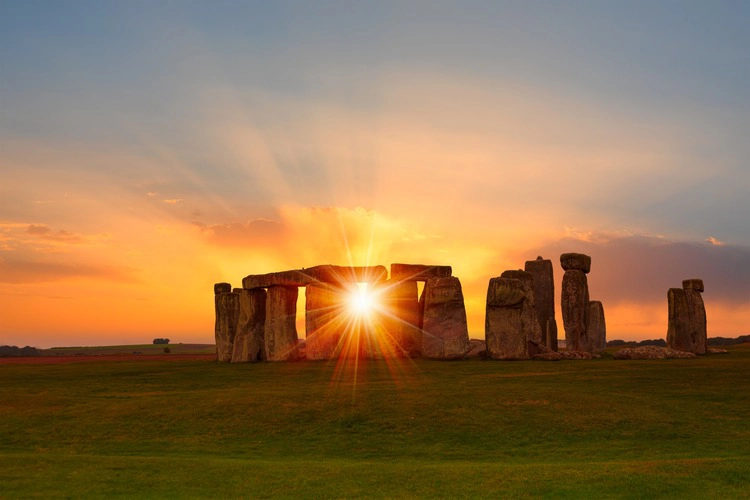
Study led by PhD student sheds new light on the real origin of six-tonne, five-metre-long Stonehenge Altar stone
By
A new study led by a PhD student has revealed that the Altar Stone at the centre of Stonehenge originated in the north of Scotland rather than southwest Wales, proving that the construction of the famous landmark occurred in a far more collaborative and organised way than previously understood.
Published in Nature on Wednesday, the study led by Anthony Clarke – who now works at Curtin University in Western Australia – marks a major breakthrough in understanding the history of Stonehenge. The team at Curtin University analysed fragments of rocks from the Altar Stone for their chemical composition, which varies between rocks from across the world – similar to fingerprints. By comparing these fragments to an extensive existing database, the team were able to deduce a match to the Orcadian Basin – which includes regions of Scotland – formed between 419.2 million and 358.9 million years ago. The distance between Stonehenge and northern Scotland is around 700km (434 miles).
‘With quite a high degree of statistical certainty, in fact, bigger than 95% confidence, we can associate the age spectra to a very specific area in northeast Scotland,’ said co-author of the study and professor of Earth and planetary sciences at Curtin University, Chris Kirkland.
Reevaluating Neolithic society
Only last year, researchers including Professor Nick Pearce – who was part of the current research project – were able to prove that the Altar Stone from Stonehenge did not come from Wales. They were unable to conclusively determine its origins until now.
‘It blew our socks off when we discovered it was from northeast Scotland,’ said Professor Pearce. ‘The Neolithic people must have been pretty well connected, far more connected than people give them credit for. They must have been very well organised.’
It is believed that the six-tonne, five-metre-long Altar Stone was put on the Stonehenge site around 4,500 years ago, much before lightweight wheels were invented. This has now prompted researchers to consider how such a feat was undertaken by the Neolithic society who lived in Britain around 4300 to 2500 B.C.

‘The specific reason why this material was transported, we can’t really answer that directly,’ Kirkland said. ‘All we know is it’s a six-and-a-half-tonne piece of rock that’s come from 750 kilometres away. That, by itself, tells us an awful lot about Neolithic society and its connectivity.’
Some believe that the Stonehenge Altar Stone was transported by sea, a method that would have been a spectacle to those witnessing it thousands of years ago.
‘We seriously underestimate their abilities and technologies,’ says field archaeologist at the University of York, Jim Leary. ‘We’ve never found any of their boats, but we know they were able to transport cattle, sheep and goats by sea.’




